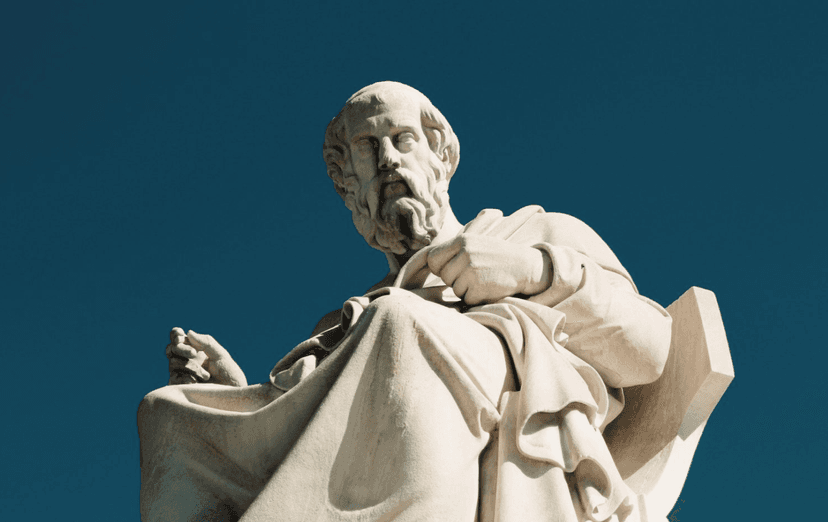Published November 7, 2024
4 mins read
The Philosophy Behind LimanDoc: 2D Knowledge Organization Tool
By Nuru Nabiyev

Over a dozen different note-taking, knowledge management, and productivity tools were tried before I started ideating over something simple, something visual, yet powerful enough to satisfy my needs. The vision was born not instantly - but over extensive research of what I want, what people love and dislike in other tools, and what I can actually program. As a software engineer, the last task was the easiest.
Other tools often end up locking into restrictive structures, endless information hoarding, and dependence on cloud systems that may not be around tomorrow. I have outlined a set of principles designed to give me true ownership and freedom over my knowledgebase. Here’s why I started this journey, perhaps you can find yourself here too.
1. File Is The King
In tools like Notion, we’re locked into proprietary “blocks” and structures that can’t easily transition into other programs.
A file, in contrast, is universally accessible and can live independently of any single platform. I needed a tool that handles files so that I could use them with other apps. As an example, I want to visualize PDFs, Excel/Word, Markdown, and images, but edit or sign them with other programs.
What would happen if a tool like Notion or Evernote were to disappear tomorrow? Of course, you can export everything to HTML or PDF, but that is yucky to work with later on. With LimanDoc, my files are mine, forever, and I can use them wherever and with whatever other app I want.
2. Offline First
Cloud-based tools promise convenience but at the cost of privacy and independence. I wanted LimanDoc to empower me to take their files offline, ensuring their work remains accessible even without an internet connection. This is why I value tools like Obsidian and got many inspirations for LimanDoc. Something Roam Research could be one day.
This doesn’t mean LimanDoc can’t integrate with modern tools. Syncing with Google Drive, for example, remains an option, so I can still sync files to my work laptop when needed. However, the core philosophy is: my files, my network, and my control over the distribution. I can imagine the peace of mind knowing that even when syncing over a local network, my files never leave my private system. Albeit this P2P system and syncing over the local network is still in development, this is one of my goals to bring to the masses on.
2b. Moreover, with advances in neural processing, offline-first extends to local LLMs too. The goal is to bring AI-driven insights directly to you, without your data ever needing to go into the cloud. There are infinitely many cases where this can be useful: transcribe recorded meetings to text; summarize books and long PDFs; or draw a graph of an Excel file.
3. Zettelkasten Turned Into Note-Hoarding
For years, Zettelkasten has been the go-to framework for managing ideas and notes, but I find that it can quickly devolve into an endless library of information I don’t really need. Hoarding information doesn’t make me smarter—it makes finding what I actually need even harder. I praised Obsidian above, but besides the huge entry barrier, the over-engineered plugins make things worse - I was constantly reminded to "improve my system" once more like a drug addict. I mean, the graph view is cool, however that is the only dopamine I get from using Obsidian. But I don't need a shiny toy that distracts me - I need a tool to solve problems.
I believe that notes should be treated like stepping stones. Use them, learn from them, and once you’re done, let them go. In LimanDoc, I want to create a space that values clarity over clutter, motivating me to review and refine notes rather than hoard them. The goal is not to archive every idea but to simplify, understand, and discard what no longer serves me.
4. 2D Canvas: Knowledge is Visual, Not Just Stored
I need to visualize what I have in order to understand it better. Binding this feature with the files that are in my file system gives me a true power tool. Now, some apps also have canvases like Miro or Mural, but they are online, which means that if you want to edit a PDF, Excel, or Word, you will have to download it, do your work, and re-up
load it again. What in a mother of UX is this?
5. Infinite Zoom: Hierarchical Clarity with Fluidity
Knowledge isn’t always linear, and my tools should respect that. With LimanDoc, infinite zoom functionality allows me to create diagrams with files/documentation that grow organically. Let’s say I am developing an idea and want to break down a concept further. I simply create an inner board, which is a folder, and simply zoom in, creating a nested “board within a board” if needed. There is a beautiful concept called Zoomworld by Jef Raskin - read about it!
Feel like me? Then help me to improve LimanDoc by sending feature requests or bug reports to info[at]limandoc.com - I would be eternally grateful to see that my app is also useful to you.